Hearing Aids

If you have just had a consultation with your audiologist and were prescribed hearing aids to treat your hearing loss, it is important to explore your options. During your hearing test, your audiologist determined your abilities to hear in particular ranges of sound. While the level of amplification you require will have some importance in terms of the options available to you, the range of possibilities can still be overwhelming.
If you were to look for hearing aids on your own, the types and names might appear like a jumble of letters and acronyms. Here, we provide a simple explanation of the main types of hearing aids. Within each type, there is great variety, so it is important to work side-by-side with your audiologist to determine which type is right for your needs and to suit your lifestyle.
The two basic kinds of hearing aids are In The Ear (ITE) or Behind The Ear (BTE). Within these general types, there are many variants, with different pros and cons depending on your needs. If you’re interested in rechargeable hearing aids, most of these options exist in the BTE style. If you want a hearing aid that disappears inside your ear canal, keep in mind that these may only be appropriate for those with mild hearing loss, and will not have Bluetooth functionality or other amenities. To learn more about hearing aids visit one of our five convenient locations in Lehigh Acres, FL, Port Charlotte, FL, Cape Coral, FL, Fort Myers, FL & Sebring, FL.
Choosing Hearing Aids
With all these different styles and features of hearing aids, it’s no wonder that choosing a hearing aid is a very personal process. Not only is your hearing ability part of the decision, but you also will want to consider your lifestyle and the environments or activities that will require hearing assistance. Some hearing aids will work better for those who spend more time at home, while others will be more suited to social outings or spending more time in crowded, noisy places.
If you want to hear better in social settings but feel uncomfortable using a visible hearing aid, then an ITE might be the right choice. However, if you struggle with dexterity or want a fully-loaded, rechargeable option, then a larger BTE might be helpful. Furthermore, if you engage in activities that might subject the hearing aids to moisture, then you will need to use that preference in your hearing aid decision.
Beyond the physical style of the hearing aid, manufacturers usually offer three or more software functionality levels, from basic to premier. With basic functionality, you can expect the minimum of what the current state of the art has to offer. This will often include basic noise reduction, but perhaps nothing else. While these hearing aids will certainly work in terms of amplifying the sound around you, some people may benefit from more features.
As you move up the levels, you can find hearing aids that will automatically switch their program as you move through environments; hearing aids that use multiple microphones and speakers, and special software to communicate with each other, to drastically improve your sense of spatial awareness from sound; hearing aids that utilize separate processors for speech and background sound, improving your experience of both; and the list goes on. As a general rule, those with a more active lifestyle will benefit more from premier feature sets than those who tend to spend more time at home.
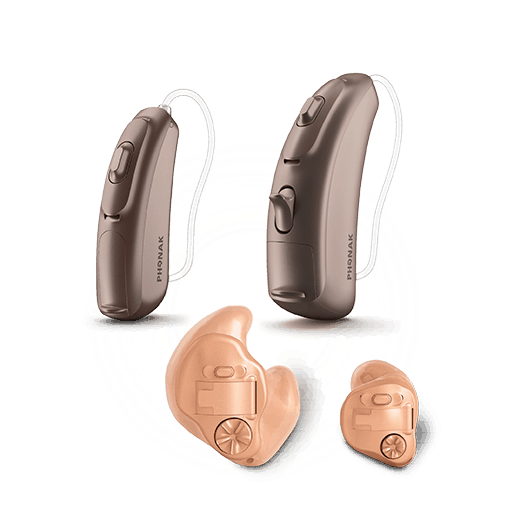
Because the hearing aid market contains such broad offerings, it’s important to come to your hearing test with a sense of what you want to get out of your hearing aids. Are you more of a homebody? Do you regularly have multiple visitors at once? Do you attend worship services or lectures? Do you work or are you retired? Do you visit museums or enjoy the movies? Do you watch a lot of television? It’s important to work with your audiologist and give them as much information as possible about what’s important to you so they can help you find your way to the right set of hearing aids.
Sometimes people get new hearing aids, try them out, and have such a hard time using them that they don’t wear them regularly. While you should expect to have an adjustment period with a new set of hearing aids, sometimes the problem is that the aid is mismatched to the individual. Let us help you avoid this problem by giving us as much information as you can about your lifestyle and the activities that are important to you.
ITE Hearing Aids
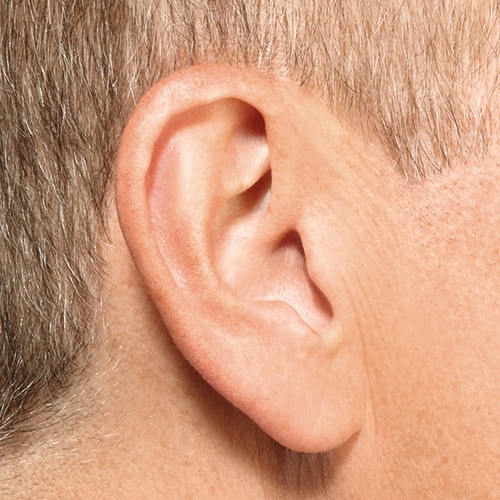
Invisible In the Canal (IIC)
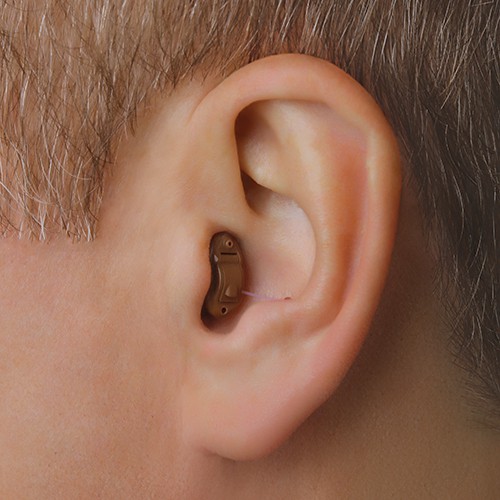
Completely In the Canal (CIC)

In The Canal (ITC)
BTE Hearing Aids
BTE hearing aids are different from ITE, because they have two components connected by a small cord. The speaker sits in the ear canal, just like an ITE, but this piece is connected to a cartridge that sits behind the ear containing the battery, computer, amplifier and microphone. Although these units are visible and a bit bigger, they come with the benefit of being easier to take in and out. They also typically offer greater functionality, as they allow more space for greater computational power and rechargeable batteries. We should also note that there are many BTE models of hearing aid available today that are significantly smaller than models from even a generation ago.
Those who have trouble manipulating tiny objects may prefer a BTE hearing aid, because part of the unit sits behind the ear. For people who experience dexterity issues, BTE hearing aids are the easiest type to maneuver. An earpiece or earmold fits into the outer part of your ear canal. Some people experience occlusion with these models, but responses are mixed. People who wear eyeglasses may have some difficulty with the plastic component that rests on the back of the ear.
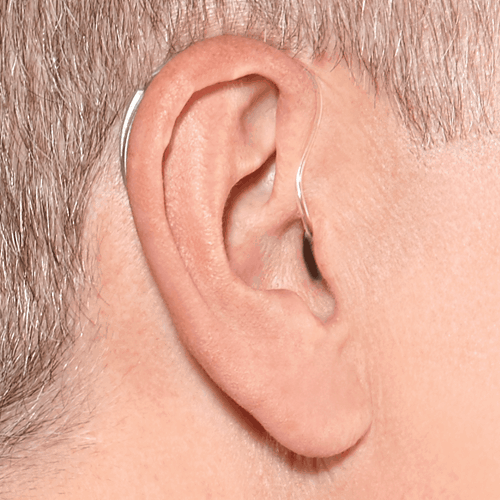
Receiver In The Ear (RITE)/Receiver In the Canal (RIC)
Benefits of Hearing Aids
Mild-to-moderate hearing loss is a common diagnosis amongst those in their 60s or 70s. All too often, these newcomers to hearing loss will want to put off getting a set of hearing aids to treat their condition. Hearing aids are a significant investment that also come with an adjustment period.
And we get it! No one wants to reorganize their life financially or otherwise to start treating hearing loss, especially when they think they can “get by just fine” without hearing aids, for now. Unfortunately, by putting it off until the problem becomes worse, it also becomes more difficult to adjust when you do start wearing hearing aids, and there are significant problems that come along with even mild hearing loss.

Do you remember the last time you went out to a restaurant with a group of people? If you had hearing loss at that time, you may have noticed how difficult it was to keep up with the conversation. Especially if background music was playing, or the room was fairly reverberant, it was probably a struggle to hear what others were saying. You likely noticed that you got tired pretty early into the event. Maybe you gave up trying to participate, or even left early.
Many people who are new to age-related hearing loss mistake the exhaustion that comes with it for a separate age-related condition. In fact, having hearing loss wears us out because our brains have to work overtime not only to do the normal work they do in social situations but to comprehend the words that are being said. We have to guess consonant sounds, put sentences together using context clues, and ask people to repeat themselves. It’s a lot of extra work, and it taxes our brain to the point of fatigue! Fortunately, a set of hearing aids can solve this problem.
The part of our brain that interprets speech is closely tied to short-term memory. When we have to use other parts of our brain to understand what’s being communicated, we tend to forget a little easier. Those with untreated mild hearing loss do, indeed, report having more memory issues than those who wear hearing aids.
So if you have mild hearing loss and are considering waiting a while to get hearing aids, think about what you’ll be missing during the time you wait!
Hearing Aid Features
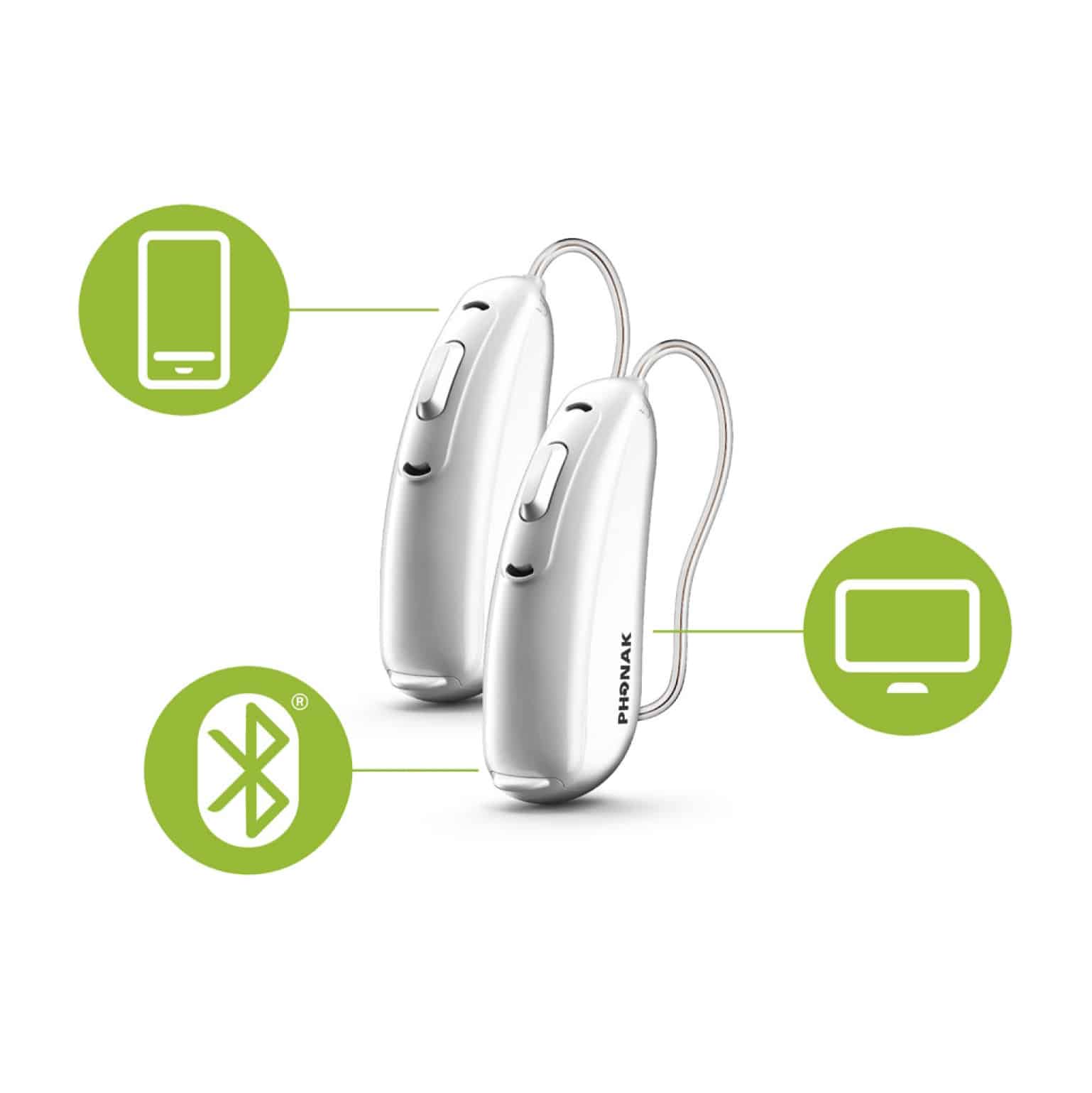
Today’s hearing aids are very different from the hearing aids of a few decades ago. All hearing aids manufactured today incorporate digital signal processing (DSP), implemented by miniaturized computers inside them. Every few years, these tiny computers become more powerful, allowing the software they power to do more to improve the listening experience for wearers. Some of the features you can find in today’s hearing aids include:
Rechargeable Hearing Aids
Rechargeability has become a more and more common offering in recent years, thanks to advances in battery technology. The same lithium-ion batteries that have made our smartphones and electric vehicles possible are also being used in hearing aids. There are some distinct advantages and a few drawbacks to selecting a rechargeable hearing aid, but by considering what you want to get out of your hearing aids you can be sure to make the right choice for your lifestyle and needs.
Rechargeability tends to be limited to BTE- and RIC-style hearing aids, though Starkey has also started manufacturing an ITE rechargeable hearing aid. But if you want your hearing aids to be invisible, disposable zinc-air batteries are the better choice.
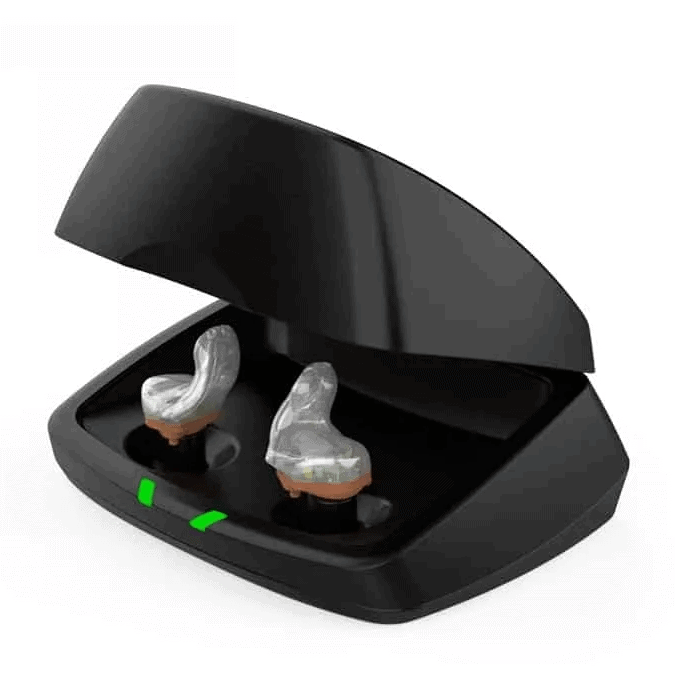
Battery Life
In one sense, rechargeable batteries have a much longer life than disposable batteries, usually lasting for the full lifespan of a set of hearing aids. In another sense, they may pose a problem for some people in that they need to be recharged nightly. For most people, this will not be a problem. Much like your smartphone, you can charge your hearing aids overnight and they will easily last through the day.
Disposable batteries can last up to two weeks in some cases. When they die, you simply remove the dead batteries and replace them with fresh ones, so you have very little downtime. If you forget to charge your rechargeable hearing aids one night or sleep somewhere without access to electricity, you may have to wait up to three hours for your hearing aids to charge before you can use them again.
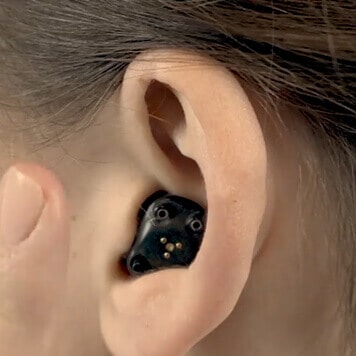
Better Protection
Rechargeable hearing aids do not require an accessible battery compartment. In addition, thanks to Bluetooth connectivity that allows us to control our hearing aids with smartphone apps, not all hearing aids today need to have physical volume and programming controls.
These two innovations have allowed hearing aid manufacturers to make hearing aids that are much more resistant to water and dust. Some hearing aids today can stand to be fully submerged without sustaining damage! While we do not recommend getting your hearing aids wet if you can help it, it’s good to know they’ll be okay in the event of accidental submersion.
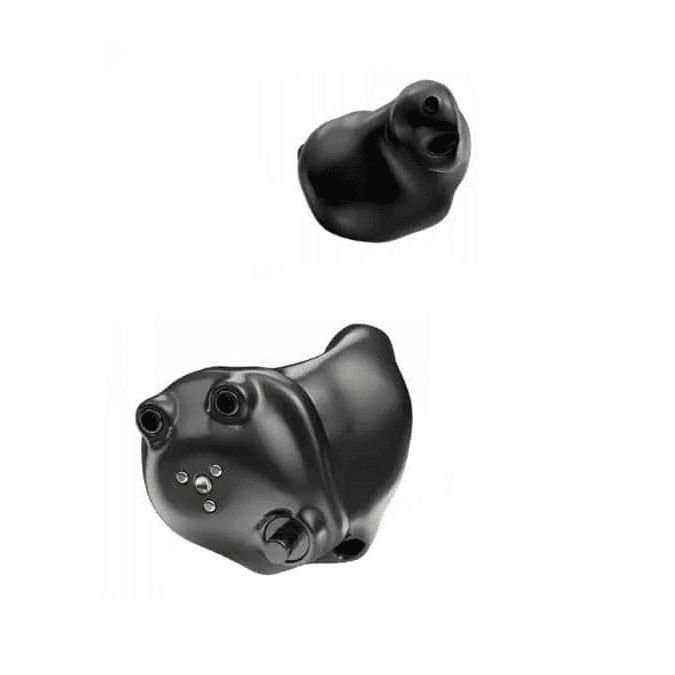
Environmentally Friendly
During the lifespan of a set of hearing aids, you might use up to 700 disposable batteries! Compare that to just two rechargeable batteries, and it’s easy to see how rechargeable hearing aids are the more sustainable option.
